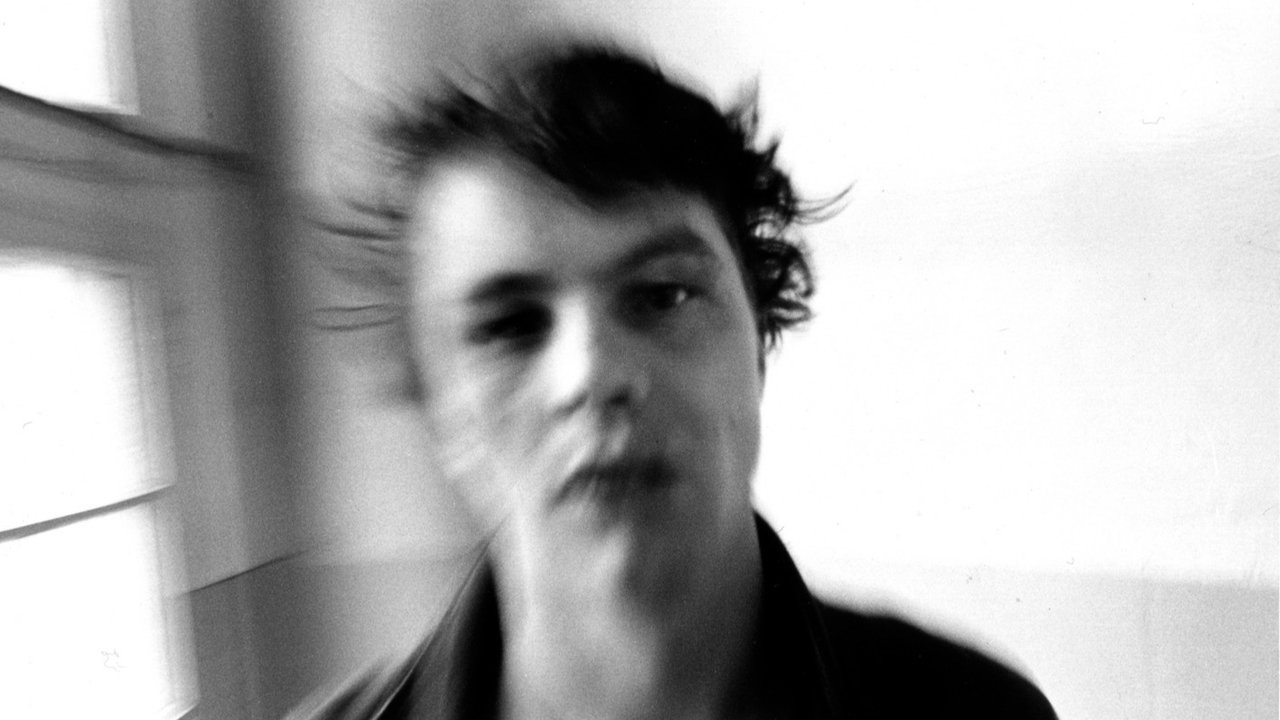
Scissere (1982)
A recently released mental patient imagines himself living the lives of three different people he randomly encounters.

A recently released mental patient imagines himself living the lives of three different people he randomly encounters.
Zurich-born Hugo Koblet was the first international cycling star of the post-war period. He was a stylist on the bicycle and in life, and a huge heartthrob. Koblet had a meteoric rise and won the Giro d'Italia in 1950. Once he had reached the zenith of his career, Koblet was put under pressure by overly ambitious officials and ended up ruining his health with drugs. In 1954, he married a well-known model and they became a celebrity dream couple. After his athletic career ended, Koblet began to lose his footing. Threatened by bankruptcy, he crashed his Alfa into a tree.
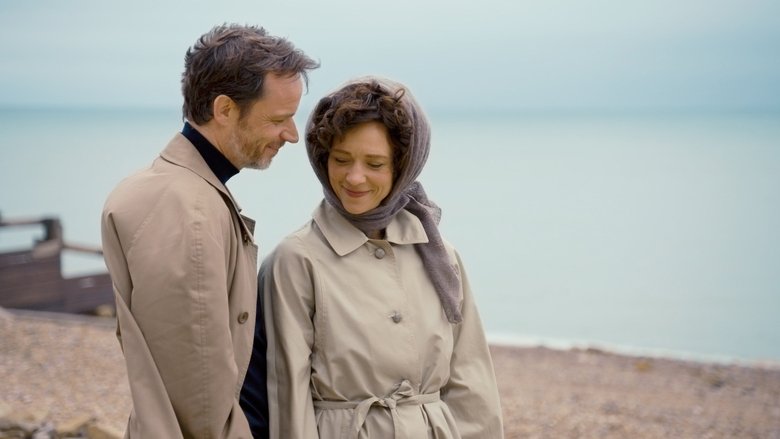
Both aspire to remain true to themselves and to build their lives freely. This bold vision in the 1950s is that of Katharina von Arx and Freddy Drilhon, when they meet during a trip to Polynesia. A passionate love unites them; she becomes famous as a reporter and illustrator, and he as a photographer. When the couple settled with their daughter in Romainmôtier to turn the ruined priory into their new home, their relationship was put to the test. While Katharina put all her energy into restoring the impressive building, Freddy began to feel depressed in this remote village in the canton of Vaud. A serious crisis erupted between the two and they broke up. Freddy left Katharina to start a new life on the south coast of England—but the love that united them did not fade.
From August to October 1942, over 2250 Jews were deported from the internment camp of Rivesaltes to Auschwitz by way of Drancy. Among them were 110 children. Friedel Bohny-Reiter, a nurse with the Swiss Aid to Children, worked in this camp in the South of France. Like many others in the formerly unoccupied zone, it was run by the French. Once a military camp, it had been converted in 1941 into a transit camp regrouping Jewish, Gypsy and Spanish people living in the area or who had fled to the free zone as refugees. Thanks to the young nurse from Basel, many children were probably saved from certain death. The film follows the nurse on a visit to that still intact site as well as through the pages of the journal she wrote in those dark days, published by Editions Zoë, Geneva in 1993.
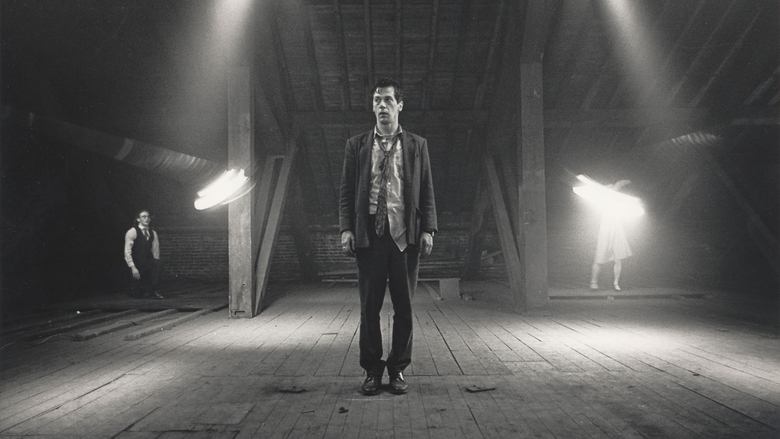
Satellite dish salesman Gus experiences some life-altering changes when he meets performance artist Lucy in this visually poetic fantasy. After Lucy vanishes, leaving a puzzling note, Gus goes on a quest for the mysterious woman. Moving from his meticulous life in a technologically advanced world into the spontaneity of nature, Gus learns some important lessons and begins to trust his own instincts.
Two women and a man suffering from severe depression are accompanied by a camera for a year and a half. The acute phase of their depression is the starting point for this filmed account. How do they cope with their illness and their stay in hospital? How does their professional and family situation evolve after this major crisis? When do they feel cured again?
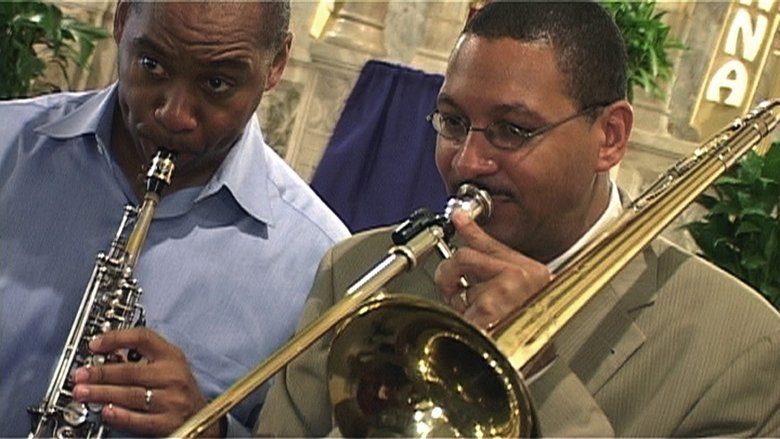
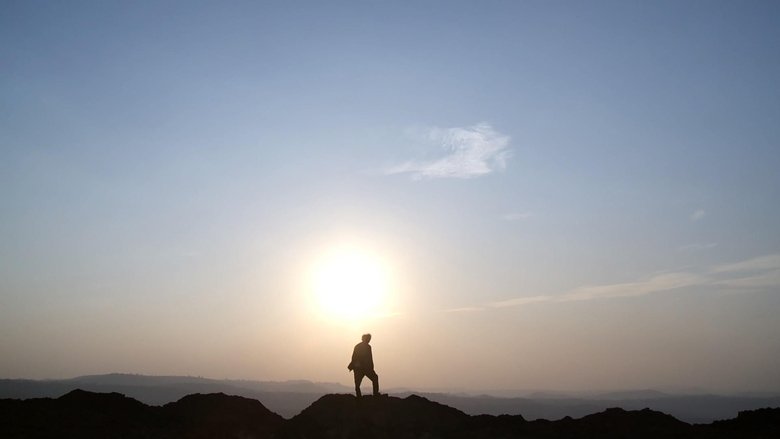
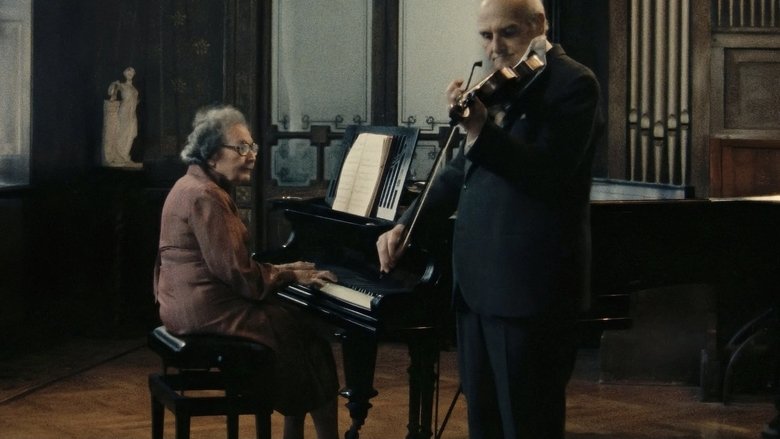
Memoirs of the Italian Opera by the singers and musicians of the Casa Verdi, Milan, the world’s first nursing home for retired opera singers, founded by composer Giuseppe Verdi in 1896. This documentary, which has achieved cult-like status among opera and music lovers, features former singers who reminisce about their careers and their past operatic roles.
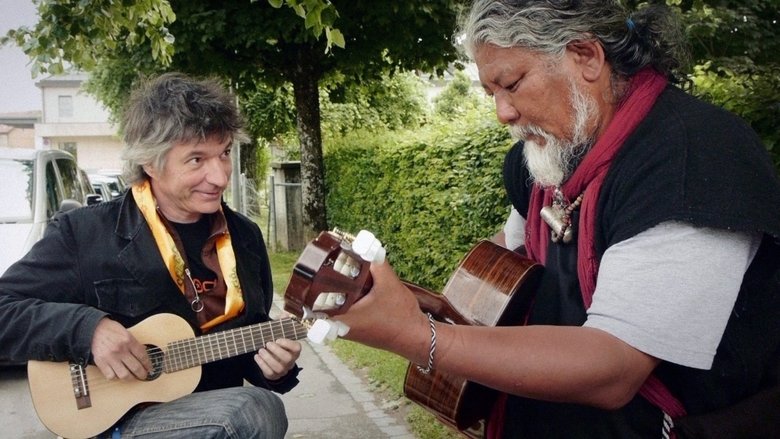
The true story of one man's fight for freedom. For more than 60 years Tibetans have been fighting Chinese oppression. But their non-violent struggle appears to be in vain. Now, as a new form of peaceful protest, Tibetans are setting themselves on fire. Loten Namling - an exiled Tibetan and musician living in Switzerland - is deeply disturbed by such self-destructive action. So he sets off from Europe to India, on a one-man mission to meet top politicians, experts and young radicals. He himself becomes increasingly radical and is on the verge of violent protest. Finally he ends up at The Office of the Dalai Lama in India to seek the advice of the exiled Tibetan leader.

At the far end of the Alaskan peninsula, for filmmaker Roman Droux a childhood dream comes true. He discovers together with the bear researcher David Bittner the universe of wild grizzlies. The two adventurists face bears at smelling-distance, experience the struggle for survival of a bear family and witness dramatic fighting scenes. Driven by a desire to explore the unknown the film tells a personal story of wilderness, framed in breathtaking pictures of unique creatures.
Kick That Habit is a 1989 film by PETER LIECHTI, an audio-visual portrait of his native country, eastern Switzerland. The film collects samples from the land-and-soundscape, underscoring in the process the oft-ignored industrial underpinning of our latter-day culture. Also native to eastern Switzerland is VOICE CRACK, the everyday household electronics duo of NORBERT MOSLANG and ANDY GUHL, whose musical workings are explored as part of Liechti s vision. Whether clicking quietly and rhythmically or humming and shrieking at ear-splitting volume, their recycled electronics produce innovative sounds and provide an appropriate accompaniment in this cinematic search for the detritus of our culture, the lost and destroyed remains of the last century of progress.
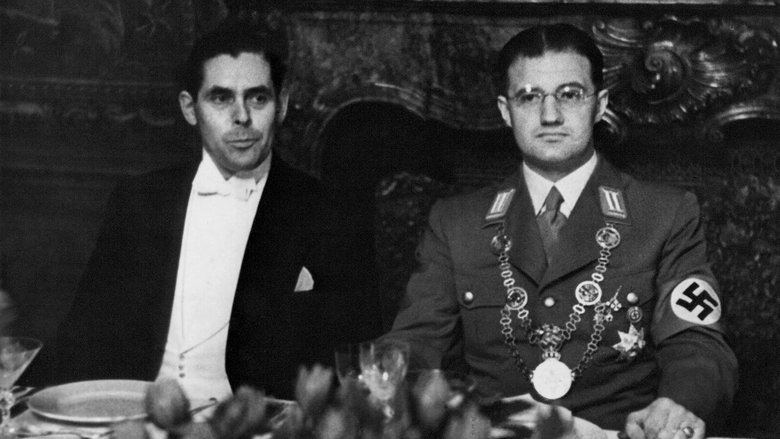
This 140-minute documentary takes a close look at the story and historical context of a young Swiss man who was beheaded during WW II for supposedly wanting to kill Hitler. The man's family cannot help clarify the issue since they say he had been pro-Nazi earlier. Other injustices or puzzling omissions come to the fore, such as a German who was against Hitler, survived torture by the SS, and then was not given any state aid when peace was restored. Another sequence shows an extensive U.S. archive of materials that identifies many Nazis and their activities -- but is not available to anyone trying to track down former war criminals. Like other films of this type, the documentary helps to fill in facts about WW II that are little-known, or slow in coming out.
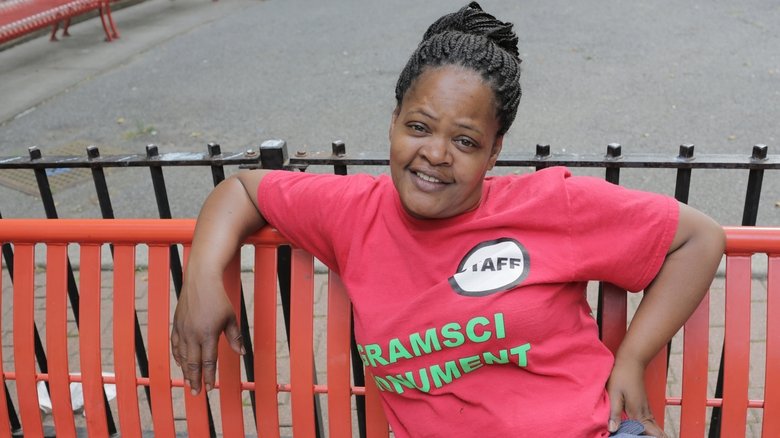
Thomas Hirschhorn, one of the few Swiss artists of world renown, often touches on social wounds with his provocative works. In 2013, Hirschhorn built a monument for Italian philosopher and communist Antonio Gramsci in a public housing project in the Bronx. The contentious artist collaborated with neighborhood residents whose everyday life is impacted by poverty, unemployment and crime. Conflicts and misunderstandings are bound to arise as Hirschhorn’s absolute devotion to art is confronted with the resident’s lack of prospects and fatalistic outlooks. The «Gramsci Monument» becomes a summer-long experiment where diverse worlds collide: blacks and whites, the art elite and street kids, party people and poets, politicians and philosophers. A nuanced film about art, politics and passion.
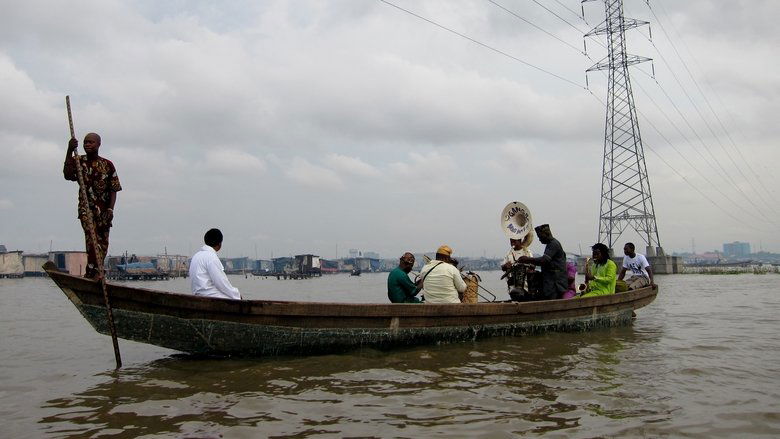
The Gangbé Brass Band, a musical group from Benin, sets out to conquer Lagos, capital of Nigeria.
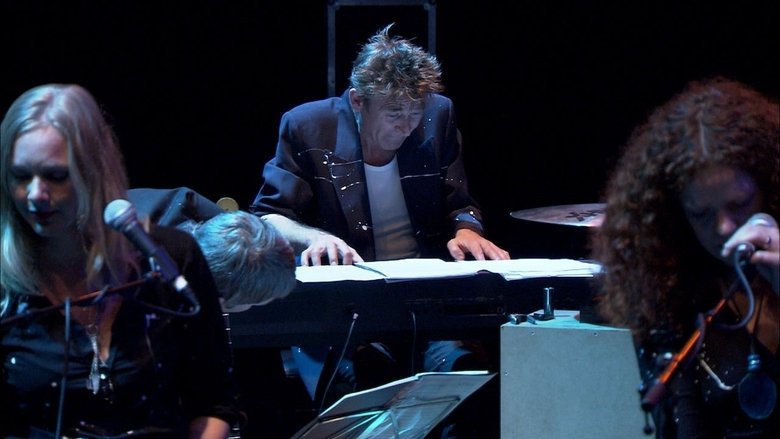
This film deals with the issue of mandatory military service in Switzerland. For four months, from February to May 1990, filmmaker Jacqueline Veuve and her team filmed a platoon engaged in basic training at Colombier, Switzerland.
The shooting of this peasant chronicle in the Gruyère region of Switzerland lasted a whole year, from July 1989 to July 1990.